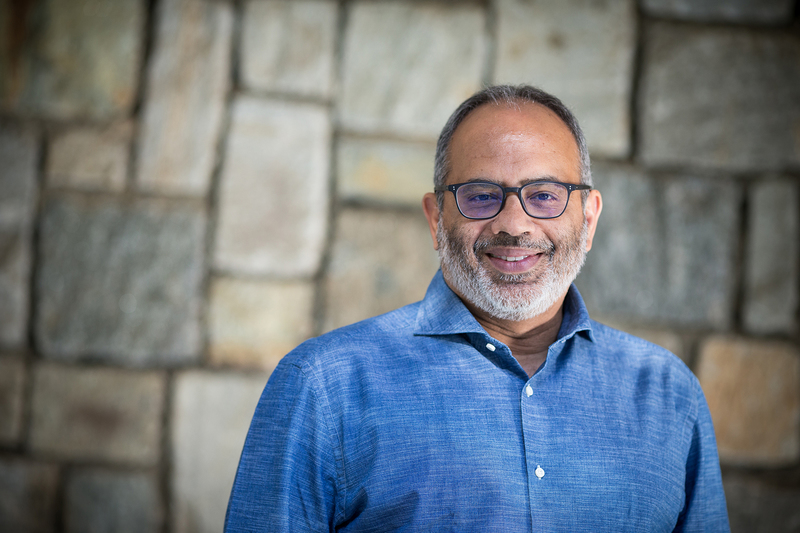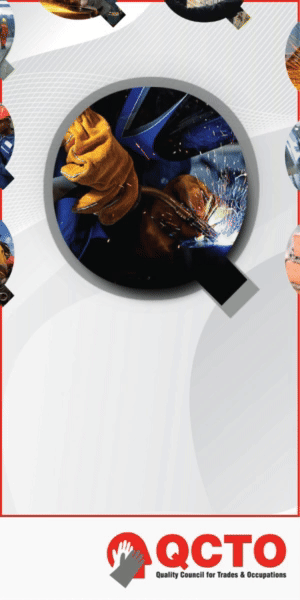By Carlos Lopes
COP29 kicked off on Monday in Baku, Azerbaijan, with Africa continuing to find itself in a dilemma that goes beyond just climate financing. This dilemma, a reflection of global climate inequalities, highlights the lack of financial choices available to African countries.
The constraints weighing on the continent’s policy options have never been more visible. Traditional funding models are becoming obsolete, caught in the intersection of climate and development imperatives.
It is becoming clear that the distinction between climate financing and development financing no longer makes sense. This artificial separation, deeply rooted in the practices of international financial institutions and development agencies, obscures the true nature of the challenges African countries face.
The reality is simple: it is now impossible to plan development without integrating climate considerations, just as it is unthinkable to consider climate strategies without addressing fundamental development needs, such as infrastructure, poverty reduction and job creation. Yet the legacy of separate funding perpetuates a fragmented approach that fails to allocate resources according to real needs.
This disconnect has serious consequences for Africa, where limited access to liquidity and capital markets has always constrained countries’ ability to invest independently in climate resilience and sustainable development.
The missing link in sustainable development
The real obstacle for Africa is not a lack of ambition, commitment or even planning capacity, but rather insufficient access to liquidity. Unlike more prosperous regions, African countries have never benefitted from robust capital markets capable of supporting large-scale, long-term investments. Instead, they have relied on external borrowing at prohibitive rates, concessional financing and development aid.
In the context of climate financing, this dependency has only deepened inequalities. Africa, which accounts for less than 4% of global greenhouse gas emissions, bears a disproportionate burden of climate impacts while struggling to access the liquidity needed to meet both its development goals and climate ambitions.
International financial institutions such as the International Monetary Fund and World Bank have proposed reforms, but these are far too timid and do not address the root of the problem.
The discourse surrounding the “leverage” of private financing and hybrid financing – where public funds are used to attract private investments – is presented as a miracle solution for developing countries, but this model is fundamentally flawed. It creates the illusion that adequate funds are available while merely redistributing existing resources. In doing so, it forces African governments to absorb investment risks without actually generating new liquidity.
These financing methods compel African countries to choose projects that appeal to private investors, at the expense of those truly necessary for structural transformation.
The illusion of the carbon market
The carbon market is touted as a solution for African countries. In theory, it is meant to allow African nations to sell carbon credits generated by forest preservation or emission reductions to developed countries or companies looking to offset their emissions. But the reality is far more complex.
These markets remain fragmented, lack transparency and are dominated by interests that do not serve Africa’s development. The rules, certification processes and standards of these markets are dictated by developed countries, leaving African nations little control over the value of their credits.
The burden of emission reduction is placed on the countries that have historically suffered the most from climate change while contributing the least to it. This structure only exacerbates inequalities and limits the potential of carbon markets as a true sustainable development tool for Africa.
Africa is also encouraged to raise its ambitions within the framework of its nationally determined contributions (NDCs) under the Paris Agreement, with the implicit promise that these efforts can be monetised through carbon credit sales. Yet, this remains an illusion. The fragmented nature of carbon markets and the control exercised by opaque intermediaries mean that African countries risk multiplying their commitments without reaping real financial benefits. These markets could therefore become yet another means of exploiting African resources without delivering substantial gains to populations.
Reinforcing dependency
New fiscal mechanisms and regulatory requirements introduced by developed countries, such as the European Union’s Carbon Border Adjustment Mechanism and stricter forest protection conditions, pose additional obstacles to the continent’s development. These measures impose higher standards on producers, forcing them to bear the compliance costs while consumers in developed countries are exempt from the obligation to subsidise these transformations. This is a classic case of misplaced responsibility: African producers, already facing low prices for their products, must now shoulder the cost of adapting to regulations they did not create.
The result is a scenario where African countries find themselves trapped. Forced to adopt standards and practices that serve the interests of developed countries without the necessary financial support or market access, they become locked into even greater economic asymmetries. This situation, far from being a means to combat climate change, reinforces dependency and undermines development objectives.
Another glaring example of the limited choices imposed on Africa is the discourse around energy. While energy security is presented as a pragmatic choice for wealthy nations, access to energy is relegated to a long-term challenge for African countries, which are expected to accommodate this patiently.
The reality is that Africa’s vast natural gas reserves could play a crucial role in funding its transition to clean energy. But African countries are discouraged from exploiting these resources on the grounds that it would increase their carbon footprint, even as developed countries continue to exploit their own without restraint. This double standard clearly illustrates the injustices that characterise the global architecture of climate financing.
Towards an inclusive financial architecture
The solution lies in creating a financial architecture that recognises the interdependence of development and climate, giving African countries access to the liquidity needed to drive their own transformation. It is about moving beyond false divides to embrace a holistic approach that tackles the root causes of limited political choices in Africa.
COP29 presents an opportunity to challenge the status quo and advocate for a more equitable system that allows African nations to define their own development paths. It is time to recognise that Africa’s struggle is not about a lack of ambition – it is about a lack of options. Ending this double injustice is the only way to pave the way to a truly sustainable and inclusive future for the continent and the world.
Understand Africa’s tomorrow… today
We believe that Africa is poorly represented, and badly under-estimated. Beyond the vast opportunity manifest in African markets, we highlight people who make a difference; leaders turning the tide, youth driving change and an indefatigable business community. That is what we believe will change the continent, and that is what we report on. With hard-hitting investigations, innovative analysis and deep dives into countries and sectors, The Africa Report delivers the insight you need.
Lopez is a Professor at the Mandela School of Public Governance at the University of Cape Town.
INSIDE EDUCATION







